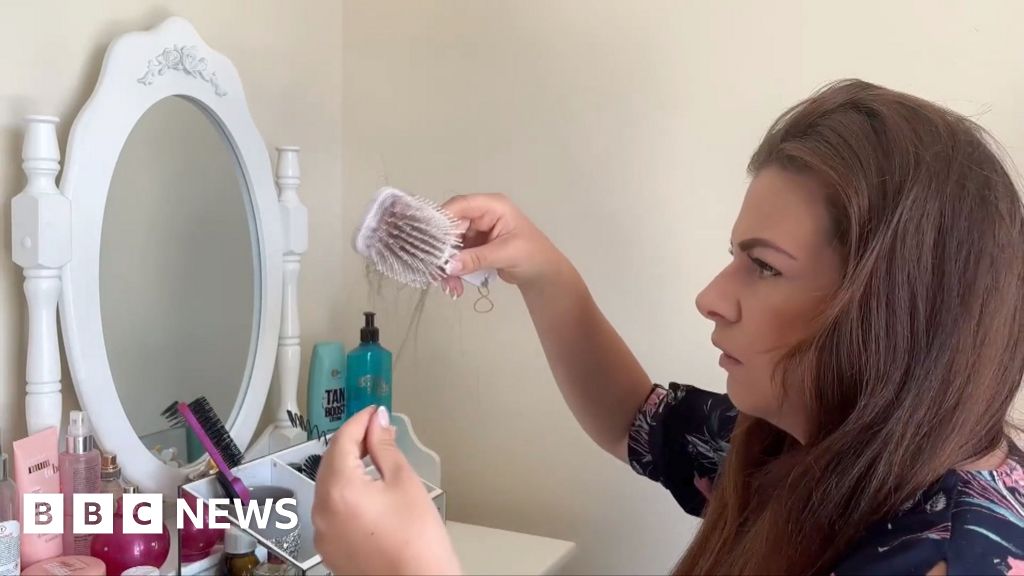ARTICLE AD BOX
 Image source, Getty Images
Image source, Getty Images
Mollie - not pictured - said laughing gas was a gateway drug to other illegal substances
A 25-year-old said taking too much laughing gas left her unable to walk and put her in hospital for six weeks.
Mollie, from Caerphilly, said doctors found inflammation on her spinal cord and brain damage from the drug, which is also known as nitrous oxide.
Nitrous oxide, sold in metal canisters, is one of the most-used drugs by UK 16 to 24-year-olds.
On Monday, Prime Minister Rishi Sunak announced the drug's ban in his plan to tackle anti-social behaviour.
It goes against recommendations from the Advisory Council on the Misuse of Drugs (ACMD) which recently advised against new laws to ban nitrous oxide.
The law makes production, supply and importation of nitrous oxide for human consumption illegal, but until now it has been legal to possess the cannisters.
Image source, Getty Images
Image caption,The UK government said it was "concerned about the rise in health and social harms" of laughing gas
Mollie, who did not want to share her surname, thinks the ban is a good idea.
She found herself alone and isolated during the Covid pandemic and, to deal with her deteriorating mental health, she began buying laughing gas.
"I was buying ten boxes a week, and each box contained 24 cannisters," she said.
"I started getting pins and needles in my hands and feet, and I was fitting.
"Part of me was in denial at it being linked to laughing gas."
After a couple months, Mollie was on her way to work in a department store when she found herself unable to walk.
In hospital, doctors discovered she had inflammation on her spinal cord and "massive nerve damage" from "starving" her brain of oxygen.
"It was one of the doctors who said, 'do you use laughing gas?' And I said 'constantly'," she recalled.
Doctors told Mollie's parents she may never walk again, leaving her "petrified".
The drug can damage the nervous system by interfering with the metabolism of vitamin B12. This damages a protective layer on nerves, typically those in the rear of the spine.
Mollie spent six weeks in rehabilitation and has now recovered, but still has pins and needles in her hands and feet.
"I used to be a great runner and used to dance and now I can't do those things," she said.
The experience inspired her to train to become a nurse.
"When I was in hospital I was speaking to someone and they said I had a great mannerism for [nursing]," she said.
"That was probably the best thing to come out of it all."
Speaking to BBC Radio Wales, Martin Blakeborough, chief executive of the drug and alcohol charity Kaleidoscope, said the ban will not stop people from using the drug and investment in youth services was needed.
"If we want to deal with anti-social behaviour in young people, firstly give them something to do, give them a safe place to go and that will actually move them away from the danger of drugs."

 2 years ago
57
2 years ago
57








 English (US) ·
English (US) ·